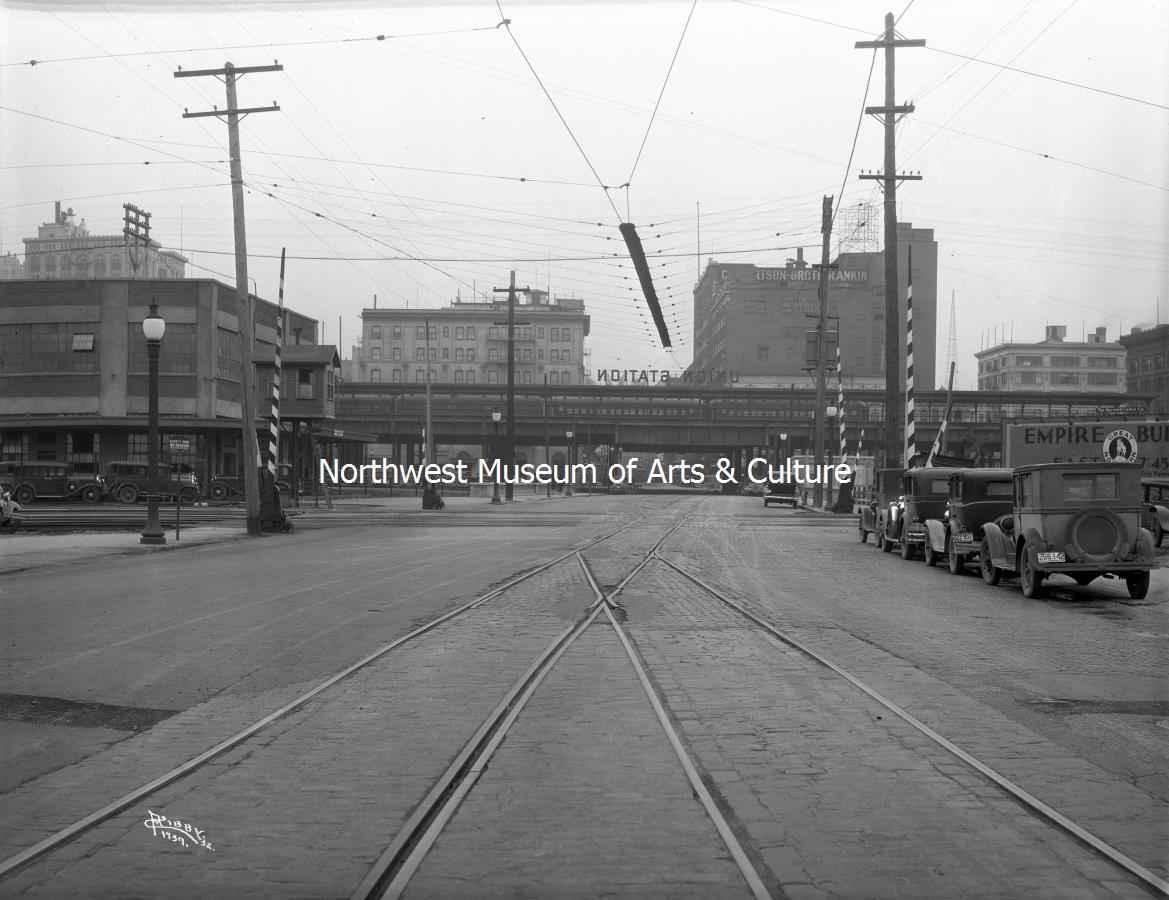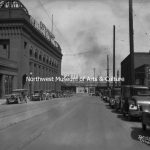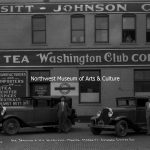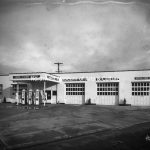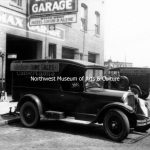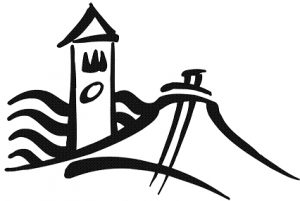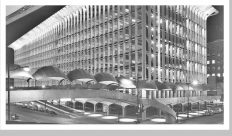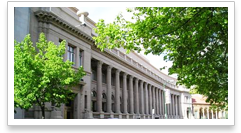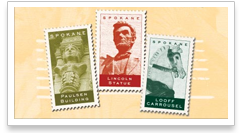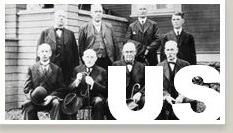The 1930s: Age of the Automobile
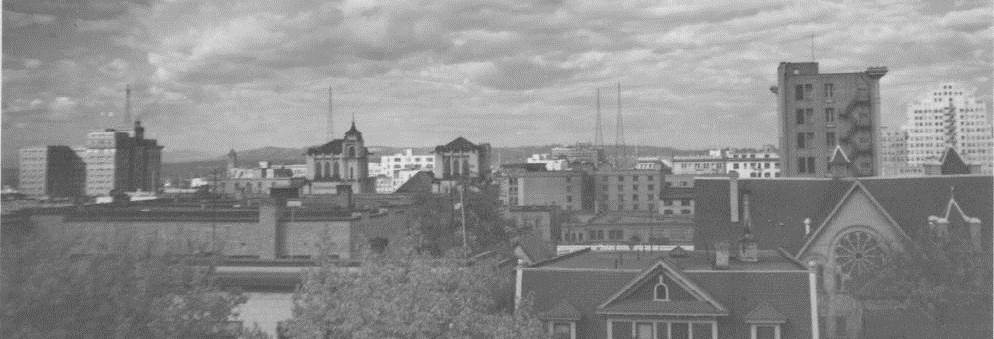 Looking North from Lewis and Clark High School, 1936 [Northwest Room Archive]
Looking North from Lewis and Clark High School, 1936 [Northwest Room Archive]
The Riverfront Park area continued to be almost a fully commercial and industrial setting throughout the 1930s. The only occupants accounted for in the Spokane City Directory at this time were Louis and Helen Runge and Steve and Julia Ratkovich, both living on Havermale Avenue. Both the Big Island and A & A Hotel were in operation and it is likely there were individuals rooming at these establishments that were not accounted for in city records.
New businesses did develop in the area. The Spokane Tire Co. took over the location of the freight car service shop on Post Street; a location that continued to serve as a tire shop until the transition of the area from industrial use to a public park. Two new auto service stations appeared on the island at the east end of Havermale Avenue: Norman’s Gas & Oil at 508 Havermale and the Coeur d’ Alene Garage at 505-507 Havermale Avenue.
A new warehouse Block along Havermale Avenue with Rains Metallic Co. and a joint U.S. Forest Service and U.S. Department of Agriculture supply depot was also operating. In 1937, a story in the Spokane Daily Chronicle had a headline announcing that “Havermale Island Definitely Out as Location for Spokane’s Federal Building.” The story went onto say that the site was “to be turned over to some other government department – probably the forest service!” Looks as though that prediction proved true. Great Western Storage Co. briefly provided warehousing at 521 Washington St. Small changes were also visible during the decade. Company re-branding – Culbertson’s Garage became Lomax’s Garage – was not an uncommon occurrence at this time and in the years to come. F.E. Miller’s brush factory became a warehouse for coffee and spices controlled by OJ Johnson Co.
